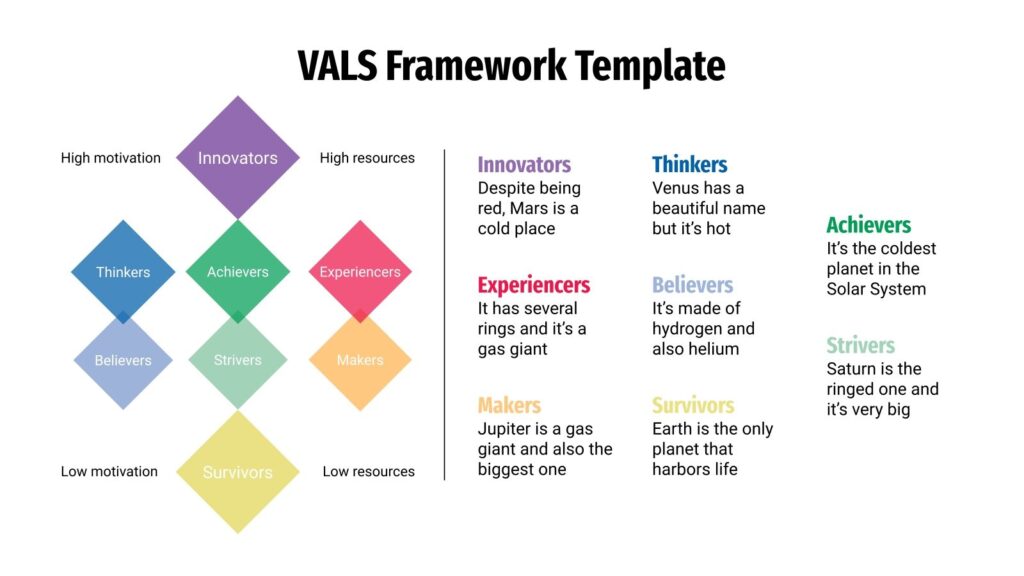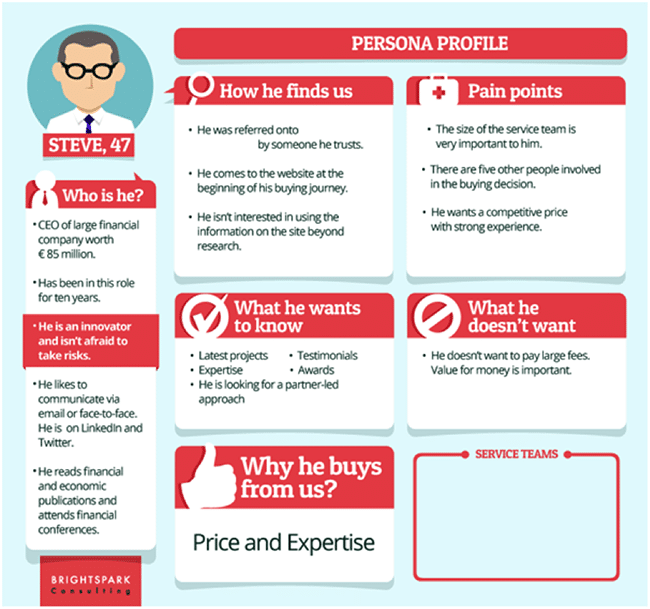Lifestyle analysis
Lifestyle is a way of life or style of living that reflects the attitudes, interests and opinions of a person or group. A lifestyle analysis is a tool used by marketers to understand their target demographic. This includes what they need, want, value, opinions and interests.
The lifestyle analysis can include internal factors, ranging from perceptions, memories, learning, motives and personality. It can also encompass external factors, including social status, culture, subculture, family and marketing activities. The analysis of consumer lifestyles is an important factor in determining how consumers make their purchasing decisions. As SEO experts we look at these patterns of behaviour. We also look at where the product lives in the style of life our consumers live.
How lifestyle analysis is used in SEO
Consequently, SEO Melbourne optimises our websites according to customers’ needs and desires. For example, if the target market is of a higher class, the website should reflect that. This may mean the website would have a more elegant design. Similarly, it would use more sophisticated language. The keywords or meta-descriptions would be completely different to the keywords and meta-descriptions of a lower social class.
Further, if one of the key interests of your target audience is sports, then you would want to create a site accordingly. You would create content (videos and blogs) relating to sports. Your keywords and meta-descriptions would include sports jargon.
Designing and optimizing your website based on the lifestyle of your target market will result in higher engagement. In essence, you want your customers to think, “wow this website was made for me”!
Lifestyle analysis and Google ranking
Lifestyle analysis also ensures your website gets viewed by your target demographic. Google collects mass amounts of data on every one of its users. It does this by analysing what people search for. Then Google builds insights on their behaviours. Google does its own lifestyle analysis on all its users. Then they use this information to rank websites. The rankings are based on what each person would want.
For example, if Google sees someone is constantly searching for luxury items, they would gather intel, making assumptions that the person likes nice things. As a result, when that person searches for “Christmas gifts”, Google is more likely to rank luxury brands higher because they know that will resonate with the buyer. This is relevant to us because if the website you create is not aligning with the lifestyle of the potential customers, then Google won’t know to rank you higher.
Thus, by creating H1, H2 and H3 tags, keywords and content relevant to the lifestyle of your buyers, it will help Google know where to rank you.
How to conduct a lifestyle analysis
In terms of how to analyse the market lifestyle, there are a couple of different ways. Firstly, you could use the Values and Typology (VALs) framework. VALs highlight patterns of activity and attitudes that help people reinforce, sustain or modify their social identity. This framework is easy to fill out and allows you to get a better understanding of your market.
Another way to analyse your market is by creating a buyer’s persona. A buyer’s persona is defined as ensuring all activities involved in serving your customers are tailored to the targeted buyer’s needs. This can be done in a variety of ways and can be presented almost like an infographic. The purpose of a buyer’s persona is that it creates a picture of who your client is and what they need and want. Subheadings and questions asked on the buyer’s persona can vary but some that may be beneficial include:
- Who is my customer?
- What do they want to know?
- How do they find us?
- What are their pain points?
- Why would they buy from us?
- What don’t they want?
The point of this is to build insights and then create your website accordingly. An example of a buyer’s persona is shown below:
Implementing changes to your website
After completing your lifestyle analysis, you will have a better understanding of what SEO techniques will be necessary to win this market over. You will be able to implement changes to rank higher on their Google searches. You do this by capitalising on their pain points, what they want to know and why they would buy from you. This is through creating blog posts, video content, H1, H2 and H3 tags, meta-descriptions and using keywords based on these factors.
For example, if you’re a physiotherapy clinic, your customer’s pain points may be that they are constantly experiencing ankle pain or that they are time-constrained. Therefore, you would create titles and meta-descriptions using location-specific keywords as well as using the words ankle injury or ankle pain. This would allow Google to rank you higher with potential customers within your geographic location (so it cuts down on driving time to your clinic for potential customers) and to those with ankle pain.
The main takeaway is that by understanding your clients’ lifestyle preferences, you’ll be able to cater your website for them, helping Google recommend your site to new potential customers. If you like help with this, check out SEO Company Melbourne – experts in providing professional and proven SEO results




